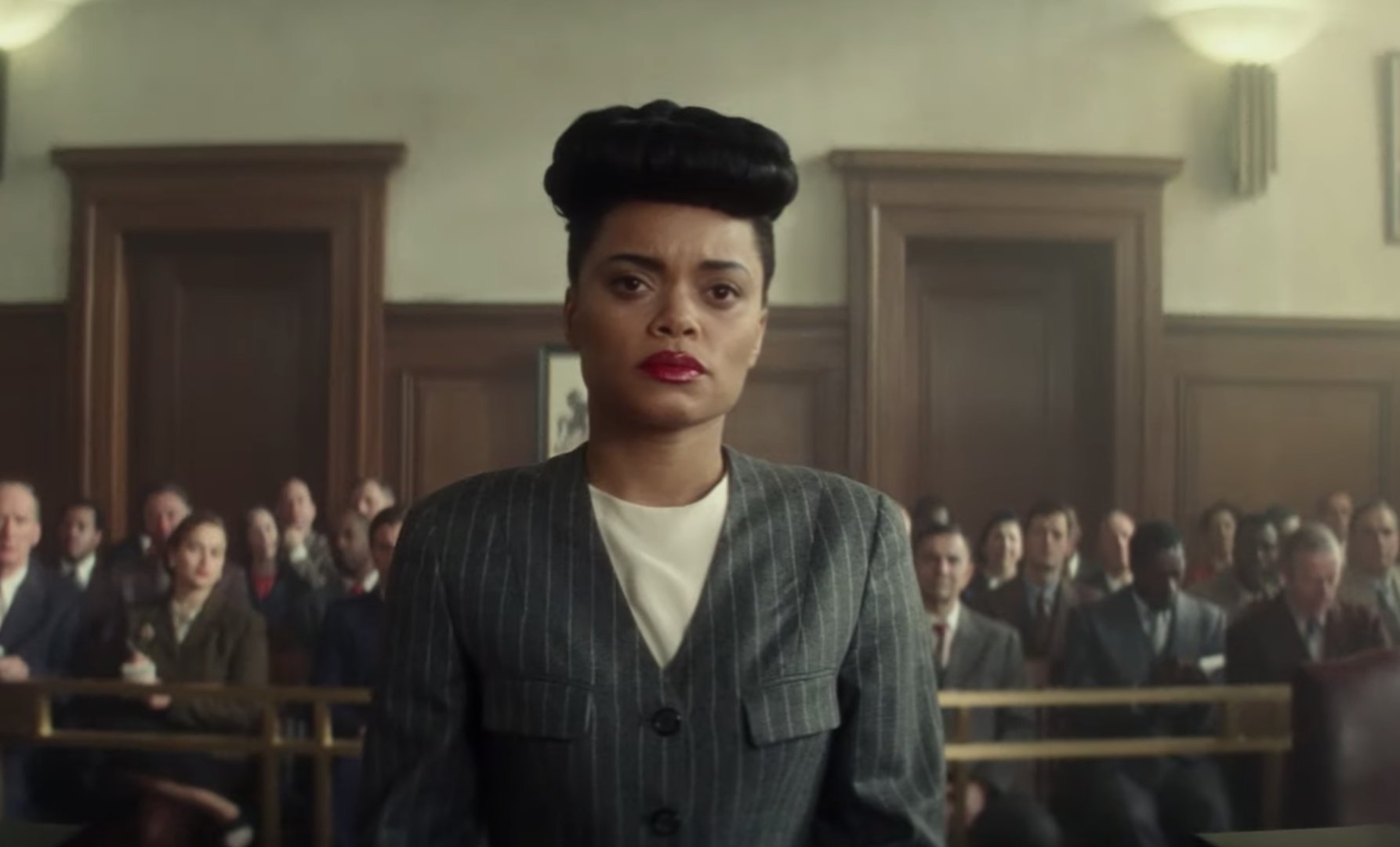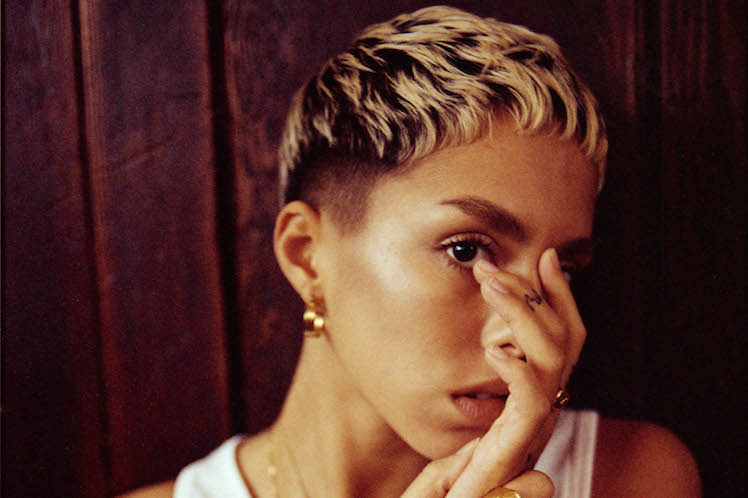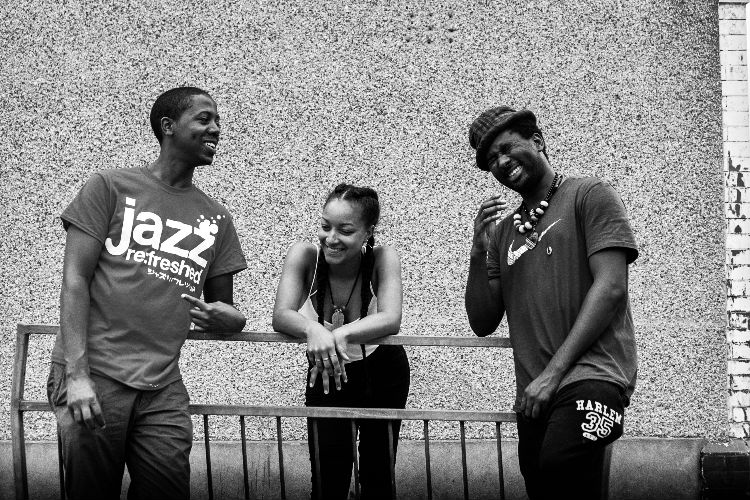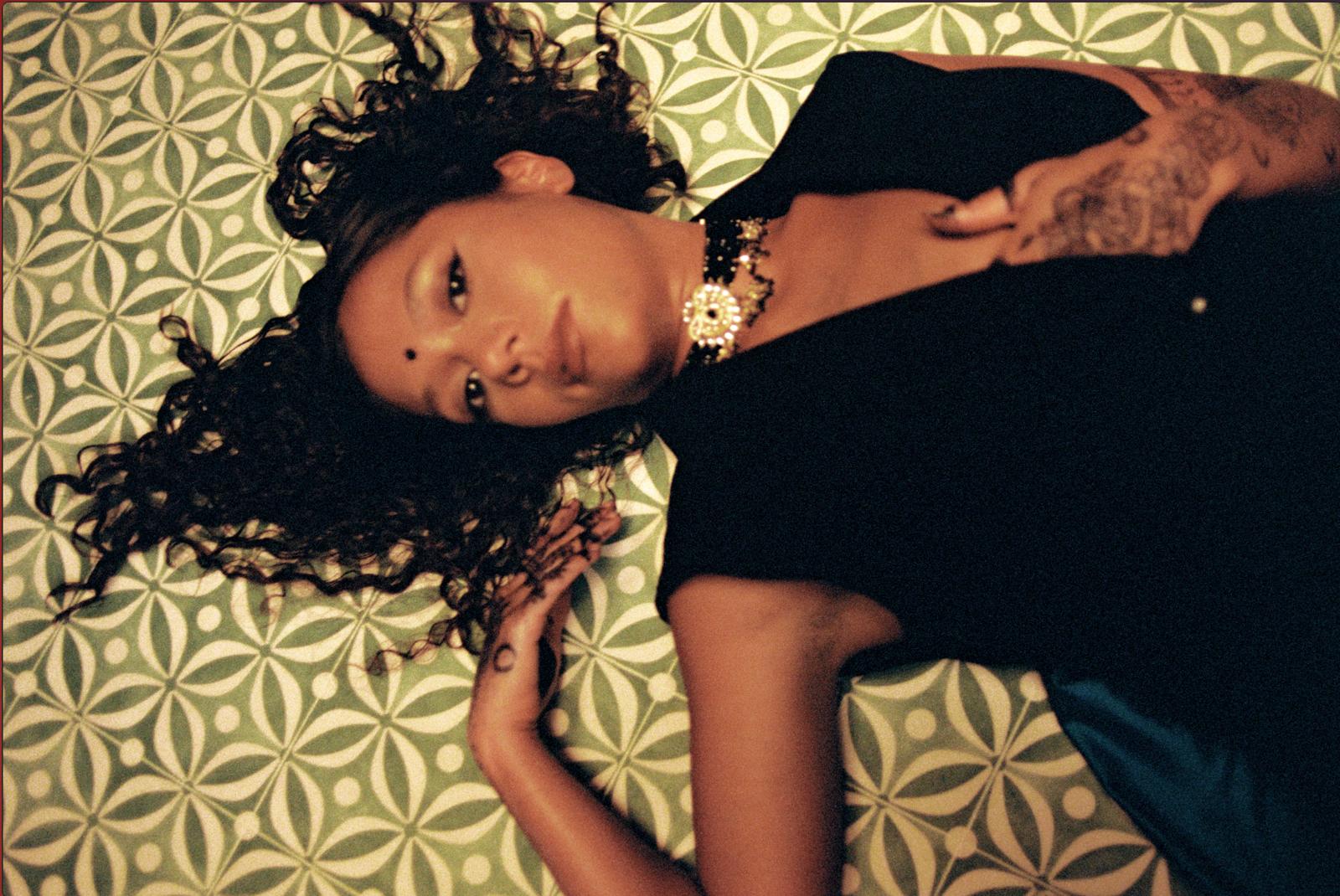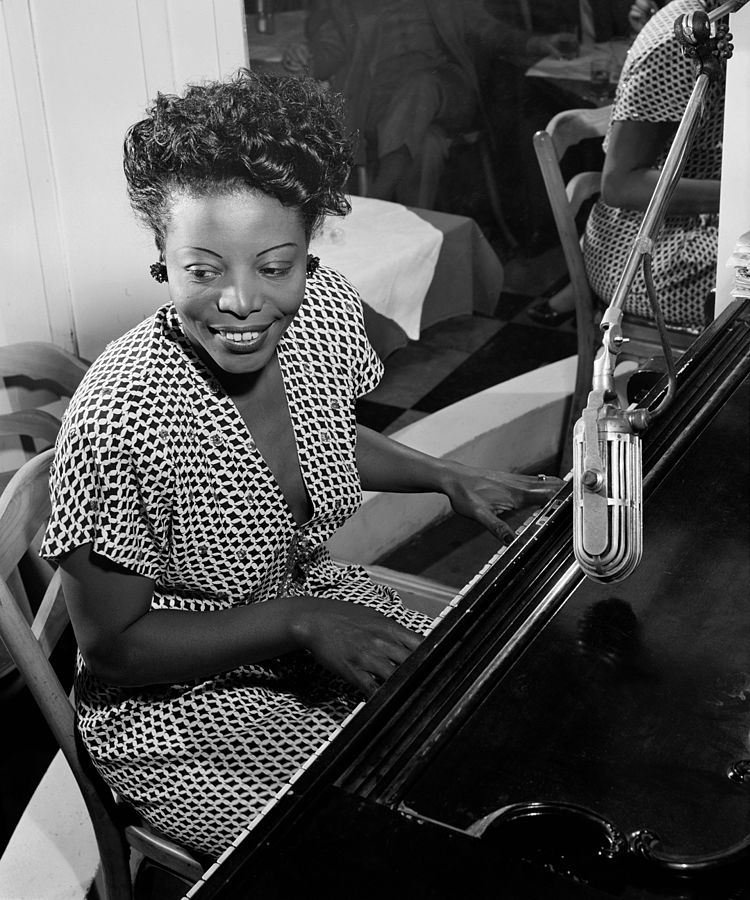
This is the first of a two-part series that celebrates women in jazz music
Buoyed by my recent graduation, I scrawled a big tick on my bucket list as I attended my first festival abroad. Flow Festival took place in August at the heart of Helsinki, and it was a vibrant concoction of experimental art, food from across the world, great music (obviously) and, to be perfectly honest, a cracking recycling system. The combination of many of my favourite artists – Frank Ocean, Young Thug, Lana del Rey – alongside a stage with a solid jazz line-up, ensured my ears were suitably blessed for the weekend.
I was thrilled by the presence of Flow’s Balloon 360 Stage, a space tailored for a high number of jazz artists. Jazz is a genre I have long harboured a love for, a love brewed up from my mum’s keen interest in Big Band, and my eye-opening introduction to Nina Simone as a young girl. Who could listen to ‘Sinnerman’ at a young age and not be completely swept away?
I approached the Balloon 360 Stage eager and hopeful for some excellent jazz, and was greeted with some of the greats: Joshua Redman and Roy Ayers. However, no female artists were awarded the same honour of a solo sets, aside from Joyce Elaine Yuille alongside Timo Lassy’s band. With so many female musicians capable of taking the stage, I felt deflated.
“Already reduced to vocalists in most depictions of the genre, [La La Land director] Damien Chazelle appears to ignore any female contribution to jazz.”
There are a number of female-only festival line-ups, and whilst these spaces are important they still position women as anomalies. Women are still absent in mainstream festivals line-ups.
It is, of course, nothing new to watch the talents of men be prioritised and prized above their female counterparts. In her article “The Absent Women of Jazz”, Kelsey Klotz notes how “easy” the absence of women is in films depicting the jazz industry. She calls out Damien Chazelle’s Whiplash and La La Land, questioning an ideology that places women outside the genre — they are often omitted for seeming untalented or unnatural jazz artists. Klotz notes how La La Land’s Sebastian lists a tremendous amount of famous jazz musicians as his inspirations, yet not one is a woman. Already reduced to vocalists in most depictions of the genre, by omitting all women — vocalist, instrumentalist or composer — Chazelle appears to ignore any female contribution to jazz. Combined with the perpetual problematic “white man saving jazz” narrative, La La Land is reflective of an insidious problem in the industry and beyond.
Casting my mind back to Music GCSE, I recall how our study focused on male musicians including Miles Davis. Whilst I think Flamenco Sketches is a truly perfect piece, the syllabus could have been a wonderful opportunity for the education system to challenge our young perceptions of gendered music.
However, it’s undeniable that women played, and still play, a defining role in jazz.
Mary Lou Williams
The best description of the late, great Mary Lou Williams, is one proffered by herself on radio broadcast Piano Jazz: “I’m the only living musician that has played all the eras. Other musicians lived through the eras and they never changed their styles.” She was versatile and pioneering, working in genres ranging from swing to blues to bebop, and played professionally from the age of seven.
The pianists ingenuity lies in her flexibility, as she continually reassessed her personal style, whilst crafting a clear space for herself as an arranger and composer; and being a black woman this was a genre defining and defying moment. She was seemingly involved in everything, particularly the thrilling Kansas City jazz world at the end of the 20s. She also composed and performed work for the Clouds of Joy, sent arrangements and compositions to artists including Benny Goodman and Duke Ellington, performed at a Greenwich Village nightclub and led a weekly radio show. Atop of all of this, she was a great mentor. Her apartment was a hub for jazz artists and she nurtured well-known performers such as Thelonious Monk and Dizzy Gillespie.
“Mary Lou Williams nurtured well-known performers such as Thelonious Monk and Dizzy Gillespie”
Although she took a break from the jazz scene for several years in her later life – finding her faith and the genre seemingly incompatible – Williams returned with a bang at the Newport Jazz Festival. She went on to be the first woman to found her own label (Mary Records), set up the Cecilia Music Publishing Company, the Bel Canto Foundation and Mary Lou Williams Foundation, all while teaching at the University of Massachusetts and Duke and performing at establishments such as the White House Jazz Party.
This is only a snapshot of her achievements which could fill several books. She was, and is, eternally contemporary, and well worth remembering as a key figure. She sits on the top echelon of jazz with the greats and, as Duke Ellington her mentee, described her: “She is like soul on soul”. What more could you ask for?

